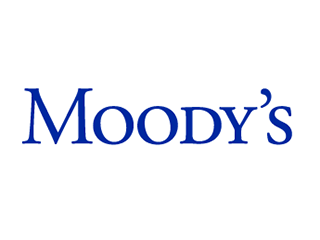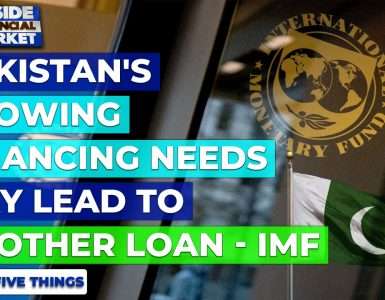 Moody’s upgrades five Pakistani banks to B3; outlook revised to stable
Moody’s upgrades five Pakistani banks to B3; outlook revised to stable
You may also like
Oil Prices Spike: Amid Russian, Ukrainian Conflict | Top 5 Things | 15 Feb | Inside Financial Market
Subscribe to Our YouTube Channel and Get the Latest Updates on Pakistan’s Financial Markethttps://www.youtube.com/c/InsideFinancialMarkets/?sub_confirmation=1 Oil Prices Spike: amid Russian, Ukrainian ConflictThe...
SECP Introduces Regulations for Fixed Income Mutual Funds | Top 5 Things | 14 February 2022 | IFM
Subscribe to Our YouTube Channel and Get the Latest Updates on Pakistan’s Financial Markethttps://www.youtube.com/c/InsideFinancialMarkets/?sub_confirmation=1 SECP Introduces Regulations for Fixed Income Mutual...
Pakistan’s growing financing needs may lead to another Loan – IMF | Top 5 Things | 07 Feb 2022 | IFM
Subscribe to Our YouTube Channel and Get the Latest Updates on Pakistan’s Financial Markethttps://www.youtube.com/c/InsideFinancialMarkets/?sub_confirmation=1 Pakistan’s growing financing needs may lead to...
Browse by Category
The Canadian Securities Institute

CSI is part of Moody's Analytics Learning Solutions, which offers educational programs and credentials throughout the world.
Email Newsletter
Inside Financial Markets was a joint publication of Pakistan Stock Exchange (PSX)and Society of Technical Analysts Pakistan (STAP)









Add comment